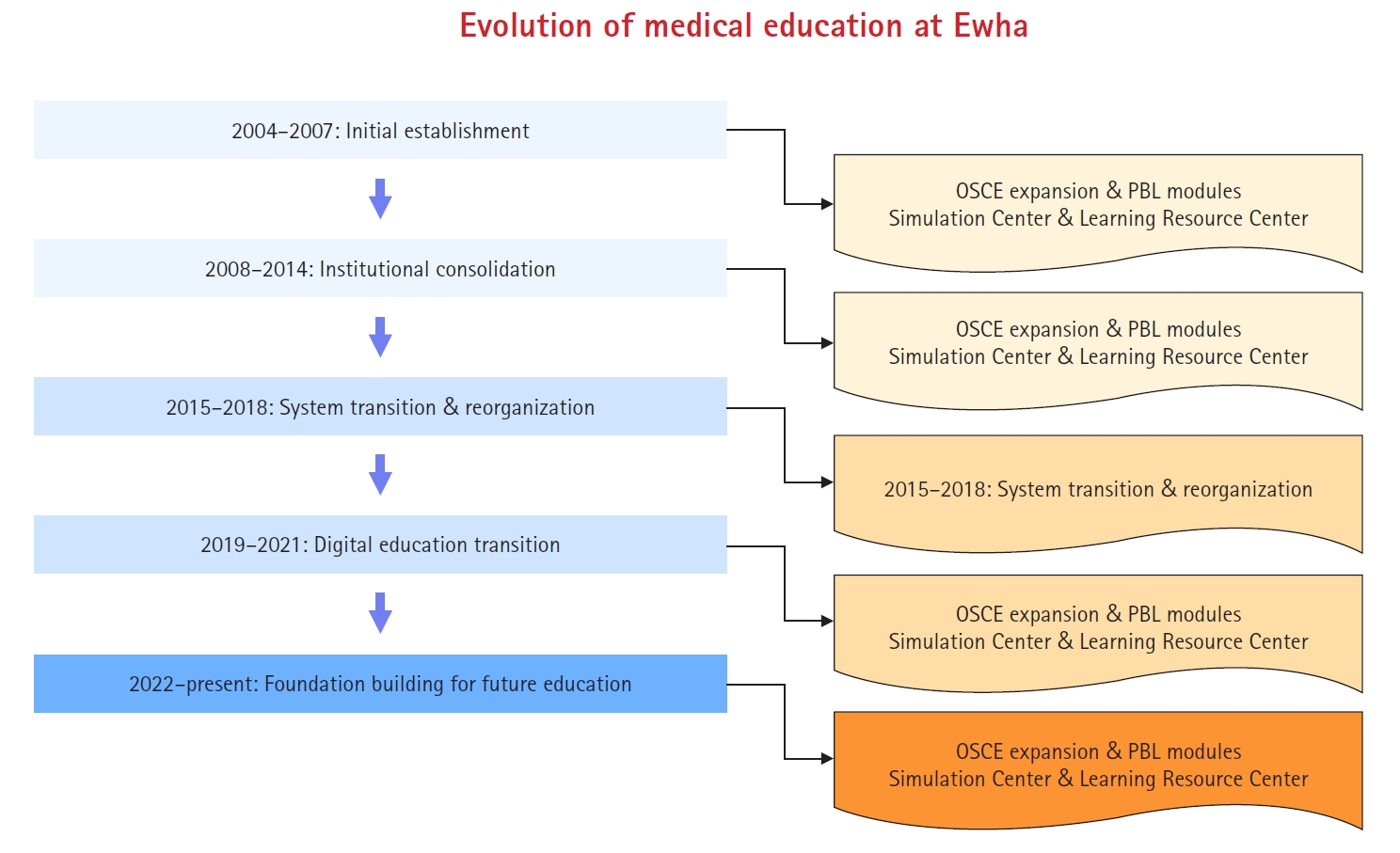
 , Somi Jeong
, Somi Jeong , Seung-Jung Kim
, Seung-Jung Kim , Ara Ko
, Ara Ko , Hyeonji Jeon
, Hyeonji Jeon
 , Dong Hyeon Lee
, Dong Hyeon Lee , Kwang Hyun Kim
, Kwang Hyun Kim , Dong-Ryeol Ryu
, Dong-Ryeol Ryu , Seung-Jung Kim
, Seung-Jung Kim , Duk-Hee Kang
, Duk-Hee Kang , Kyu Bok Choi
, Kyu Bok Choi , Shina Lee
, Shina Lee
Metabolic acidosis frequently develops in patients after neobladder reconstruction. However, the incidence of metabolic acidosis in patients with neobladder and the factors associated with the development of metabolic acidosis have not been well elucidated. We aimed to investigate the incidence and the potential predictors for the development of metabolic acidosis after neobladder reconstruction with intestinal segment.
We included patients who underwent neobladder reconstruction using intestinal segment at Ewha Womans University Mokdong Hospital between January 1, 2005 and December 31, 2014. A subgroup of patients according to the time of metabolic acidosis occurrence was further analyzed in order to characterize predictors for metabolic acidosis.
Metabolic acidosis was encountered in 79.4% of patients with neobladder during follow up period. When patients were divided into 2 groups according to anion gap (AG), total CO2 (18.9±2.1 mEq/L vs. 20.0±1.3 mEq/L, P=0.001) and chloride (106.6±4.9 mE/L vs. 109.4±3.6 mEq/L, P<0.001) were significant different between groups with AG>12 and AG≤12. Furthermore, when patients were divided into 3 groups; patients with metabolic acidosis at postoperative day (POD) 1; from POD 2 to 14 days; after 14 days, there was significant difference among those subgroups.
Our study showed the rate of metabolic acidosis in patients underwent neobladder reconstruction and the difference between patients with metabolic acidosis and those without metabolic acidosis for the first time in Korea. In the future, well designed prospective study will be needed to prevent metabolic acidosis after neobladder reconstruction.

Patients receiving hemodialysis have been shown to be carnitine deficient due to many causes. Tissues, especially the skeletal muscle and myocardium, require carnitine for the production of energy. This study was performed to find out the effects of L-carnitine supplementation on muscular symptoms and cardiac functions in dialysis patients.
Among 72 hemodialysis patients, 40 patients who showed decreased free carnitine levels were selected to receive L-carnitine intravenously after each hemodialysis session for 6 months. Before and after supplementation, echocardiography, various neurologic examinations and questionnaires were obtained.
After carnitine treatment for 6 months (1~1.5 g per every hemodialysis session), the blood level of carnitine was increased more than 10 times (19.04±7.12 µmol/L
Regular L-carnitine supplementation on hemodialysis patients can improve their left ventricular ejection fraction and some parts of functionality.

